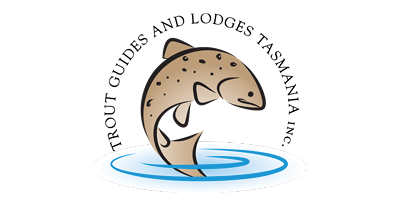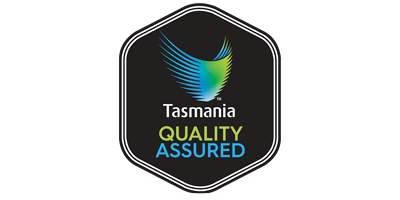“Can we look forward to another 150 years?”
Researching one’s Tasmanian family history over more than 170 years throws up some confusing information but there is no confusion about the history of brown trout in Tasmania.
One hundred and fifty years ago next month, on May 4, 1864 to be precise, the first of a mere 300 fish which had been painstakingly transported as ova from the UK, began hatching at the now famous Salmon Ponds near Hobart. A day later Atlantic salmon that had made the same journey began hatching.
The anniversary of the event is unlikely to attract anything but praise from fly fisherman.
But the introduction of trout to Tasmanian waterways, after many painstaking efforts, is an achievement which historians or naturalists might argue led to different schools of thought about the merit of the acclimatisation movement which gripped colonial Australia in the mid-19th century.
Focussing on what they missed from the Old Country, acclimatisation societies set out to bring in animals and plants and with no great knowledge of genetics, assumed the introduced species would gradually adapt to the new environment.
Few today would dispute the damage caused by rabbits, foxes, deer and carp which were introduced for “sport”. Occasionally one even hears of people, non-anglers I suspect, who would want trout added to that list.
But all this is now history and these introduced species are here to stay. With the possible exception of carp, those who chase these furred or finned creatures would argue their pursuit is “sport”.
The 1903 edition of the Tasmanian Government Railways illustrated guide to ‘the holiday resort of Australia’ says “excellent sport is obtainable with rod and gun. The principal rivers and some of the lakes are well stocked with English trout.”
One hundred and fifty years on both trout and Atlantic salmon can be credited with fostering a passion in anglers of all type, as well as with spear heading the business of aquaculture.
Jean Walker’s book The Origins of Trout Fishing in Tasmania tells the story of James Youl and William Ramsbottom who jointly championed a 12 year campaign of research and experimentation to introduce both fish species. Strident criticism of the cost accompanied their failures along the way.
The first attempt to introduce fish to the state was in 1852 with the shipment of 50,000 ova of trout and salmon on a four month journey on the barque “Columbus”. Various combinations of containers, ice and circulating water failed in this and three subsequent attempts until ova packed in moss in an icehouse survived an 84 day trip to Melbourne arriving in January 1864. On April 21 a barge was met by 50 men from the Derwent Valley who carried the cases of ova four miles to the now famed Salmon Ponds.
Just six years later in 1870 Great Lake was stocked by Chief Constable James Wilson.
By 1872 the distribution of trout ova and fry from the Salmon Ponds was well advanced and ova were being sent to NSW, Victoria and New Zealand. By any label this was Tasmania’s first aquaculture venture, preceding by about a hundred years the large scale commercial farming of fish for the table for which the state is now widely recognised.
One hundred and fifty years on, with any voices long silent against the “acclimatisation” efforts of Youl and Ramsbottom, it is a disturbing prospect that “climate” might yet pose a bigger threat to our trout population than the trout have ever posed to our ecology.
When cooler temperatures should have been heralding the onset of winter and encouraging a trout population to feast before spawning, it is my experience albeit limited, that surface water temperatures in highland lakes were disturbingly high.
Climate change deniers might enjoy their 15 seconds of media time but after 150 years trout may be in for a greater shock than their tentative beginnings in Tasmania’s waterways.
Mike
#TheSeasonNeverEnds





